Astrophotography - Blog Posts




C/2023 A3 Tsuchinshan-ATLAS
Turns out I’ve been on this website for two years now. How exciting! And even better now that it’s happening right as we’re getting our first images from the James Webb Space Telescope. Looking from Earth, this image is from a point in space smaller than a grain of sand. And look how many beautiful galaxies and stars are in this incredible photo. I look forward to many more incredible pictures, and more discoveries about the wondrous void 🪐 🔭

via NASA, James Webb infrared deep dive
Greetings and salutations, my most esteemed human followers! I have not posted anything in a while, although I have reposted some beautiful poetry and space pictures I enjoyed a lot, so be sure to check those out.
But I have returned to bring forth something I’m very proud of! I’ve been trying to get into astrophotography, and thanks to a college course and the help of my professor, I’ve managed to acquire a half decent photo!

This is Messier 33, otherwise known as the Triangulum Galaxy. It’s not the fanciest photo in the world, and there are some on this site that blow it out of the water, but I made this myself, so I’m proud.
Astrophotography is a slow business, and I have incredibly high standards for myself, but hopefully I’ll post some more in the future. I just wanted to share with you all what I did. Thank you, from someone lost in the void 🪐 🔭
See the Universe in a New Way with the Webb Space Telescope's First Images
Are you ready to see unprecedented, detailed views of the universe from the James Webb Space Telescope, the largest and most powerful space observatory ever made? Scroll down to see the first full-color images and data from Webb. Unfold the universe with us. ✨
Carina Nebula

This landscape of “mountains” and “valleys” speckled with glittering stars, called the Cosmic Cliffs, is the edge of the star-birthing Carina Nebula. Usually, the early phases of star formation are difficult to capture, but Webb can peer through cosmic dust—thanks to its extreme sensitivity, spatial resolution, and imaging capability. Protostellar jets clearly shoot out from some of these young stars in this new image.
Southern Ring Nebula

The Southern Ring Nebula is a planetary nebula: it’s an expanding cloud of gas and dust surrounding a dying star. In this new image, the nebula’s second, dimmer star is brought into full view, as well as the gas and dust it’s throwing out around it. (The brighter star is in its own stage of stellar evolution and will probably eject its own planetary nebula in the future.) These kinds of details will help us better understand how stars evolve and transform their environments. Finally, you might notice points of light in the background. Those aren’t stars—they’re distant galaxies.
Stephan’s Quintet

Stephan’s Quintet, a visual grouping of five galaxies near each other, was discovered in 1877 and is best known for being prominently featured in the holiday classic, “It’s a Wonderful Life.” This new image brings the galaxy group from the silver screen to your screen in an enormous mosaic that is Webb’s largest image to date. The mosaic covers about one-fifth of the Moon’s diameter; it contains over 150 million pixels and is constructed from almost 1,000 separate image files. Never-before-seen details are on display: sparkling clusters of millions of young stars, fresh star births, sweeping tails of gas, dust and stars, and huge shock waves paint a dramatic picture of galactic interactions.
WASP-96 b

WASP-96 b is a giant, mostly gas planet outside our solar system, discovered in 2014. Webb’s Near-Infrared Imager and Slitless Spectrograph (NIRISS) measured light from the WASP-96 system as the planet moved across the star. The light curve confirmed previous observations, but the transmission spectrum revealed new properties of the planet: an unambiguous signature of water, indications of haze, and evidence of clouds in the atmosphere. This discovery marks a giant leap forward in the quest to find potentially habitable planets beyond Earth.
Webb's First Deep Field

This image of galaxy cluster SMACS 0723, known as Webb’s First Deep Field, looks 4.6 billion years into the past. Looking at infrared wavelengths beyond Hubble’s deepest fields, Webb’s sharp near-infrared view reveals thousands of galaxies—including the faintest objects ever observed in the infrared—in the most detailed view of the early universe to date. We can now see tiny, faint structures we’ve never seen before, like star clusters and diffuse features and soon, we’ll begin to learn more about the galaxies’ masses, ages, histories, and compositions.
These images and data are just the beginning of what the observatory will find. It will study every phase in the history of our Universe, ranging from the first luminous glows after the Big Bang, to the formation of solar systems capable of supporting life on planets like Earth, to the evolution of our own Solar System.
Make sure to follow us on Tumblr for your regular dose of space—and for milestones like this!
Credits: NASA, ESA, CSA, and STScI
The clearest photo of Mercury, the closest planet to the Sun.


Left to right: Callisto, Ganymede, Europa, Jupiter, Io

July 2, 2019.
Nikon D3100 /f5 /15 s /18 mm /ISO 1600


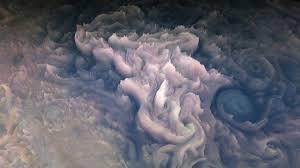






Clouds of Jupiter
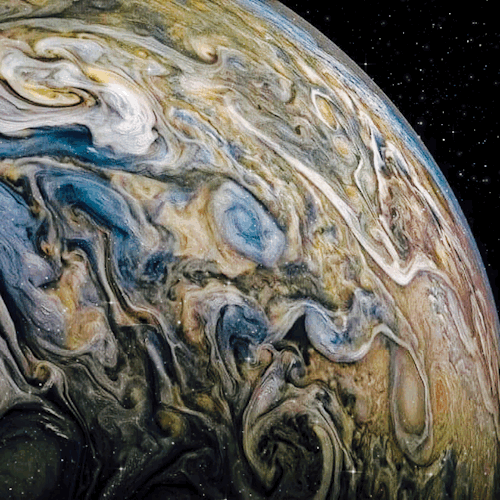
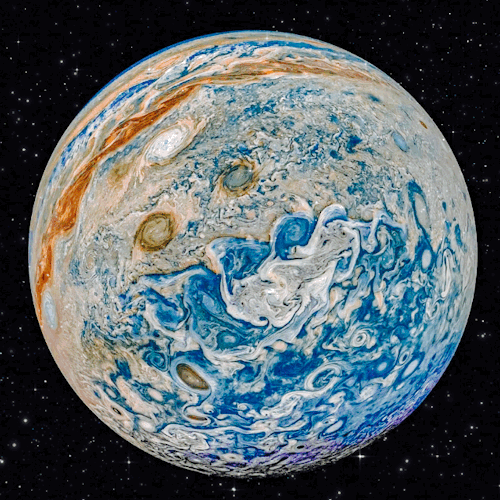
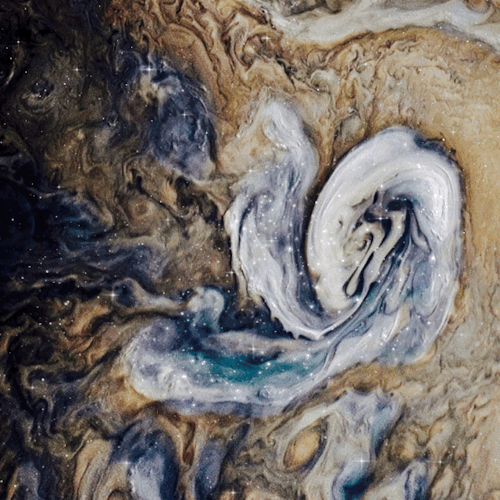


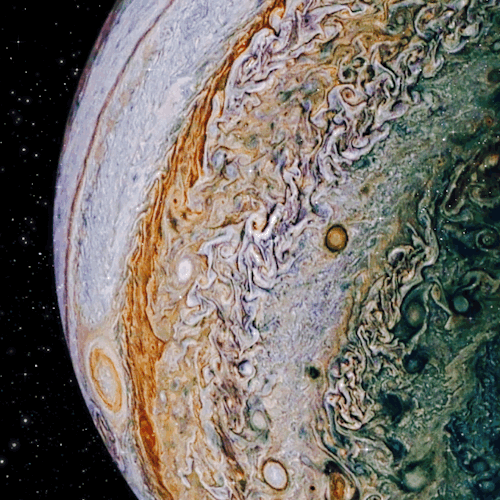
✨The Beauty of Jupiter ✨




IG :photography by the.z.axis


























My favourite space images from Hubble space telescope. Thank you so much for giving us the stunning visuals of galaxies, stars and nebula. Happy 35th anniversary to the Hubble space telescope 🔭




Total Lunar Eclipse, Blood Worm Moon © astronycc

Hubble's edge-on galaxy NGC 3432

The Fireworks Galaxy. Imaged at Bridgewater State University Observatory, Fall 2019. Reprocessed 2025. Credit: BSU Experimental Astrophysics Research (BEAR) Team.

Article of the Day!
“Dust in the Stellar Wind: A Cosmological Primer” by Pat Brennan





















